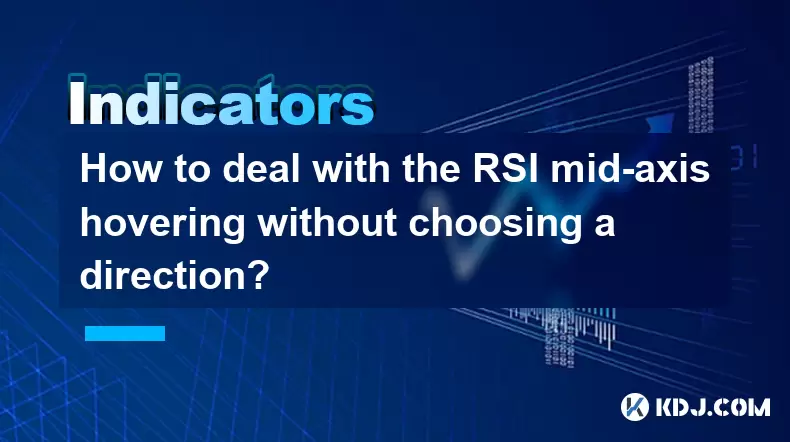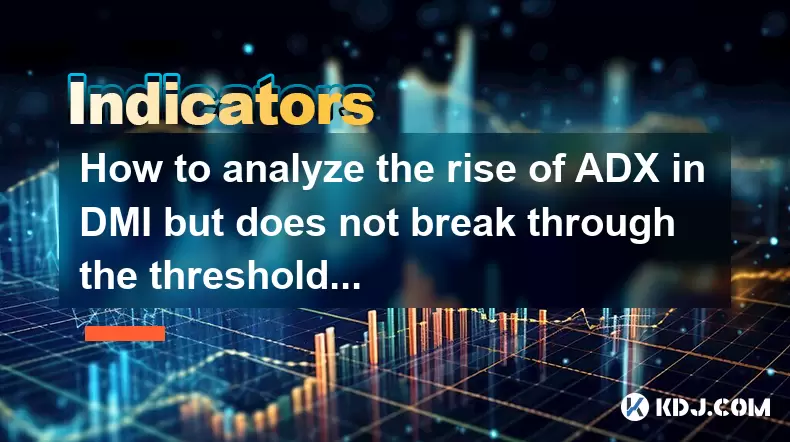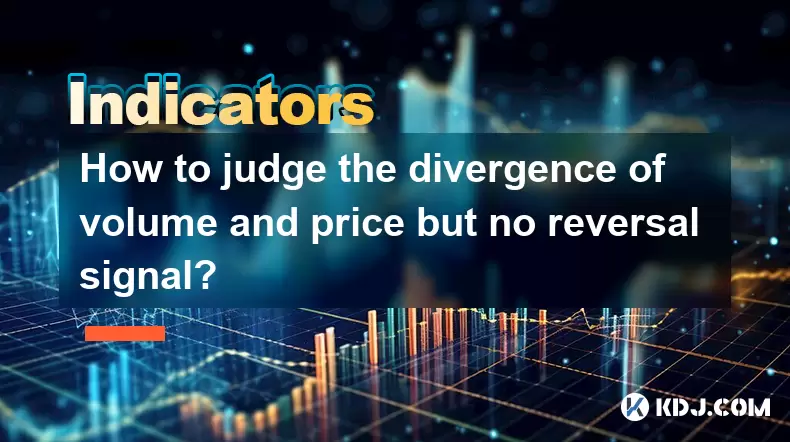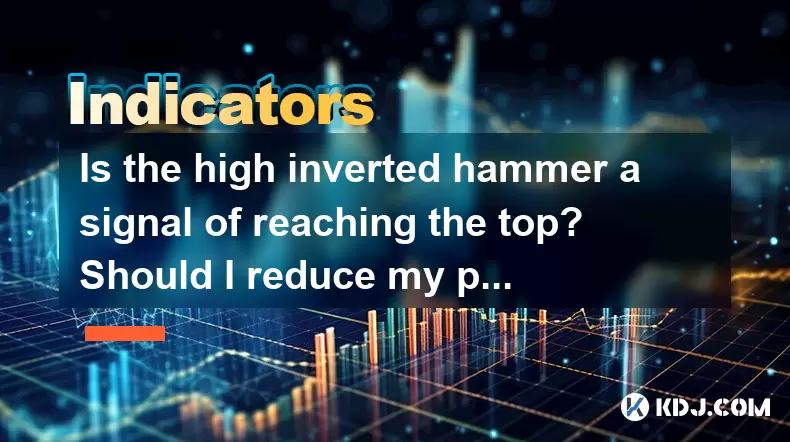-
 Bitcoin
Bitcoin $106,754.6083
1.33% -
 Ethereum
Ethereum $2,625.8249
3.80% -
 Tether USDt
Tether USDt $1.0001
-0.03% -
 XRP
XRP $2.1891
1.67% -
 BNB
BNB $654.5220
0.66% -
 Solana
Solana $156.9428
7.28% -
 USDC
USDC $0.9998
0.00% -
 Dogecoin
Dogecoin $0.1780
1.14% -
 TRON
TRON $0.2706
-0.16% -
 Cardano
Cardano $0.6470
2.77% -
 Hyperliquid
Hyperliquid $44.6467
10.24% -
 Sui
Sui $3.1128
3.86% -
 Bitcoin Cash
Bitcoin Cash $455.7646
3.00% -
 Chainlink
Chainlink $13.6858
4.08% -
 UNUS SED LEO
UNUS SED LEO $9.2682
0.21% -
 Avalanche
Avalanche $19.7433
3.79% -
 Stellar
Stellar $0.2616
1.64% -
 Toncoin
Toncoin $3.0222
2.19% -
 Shiba Inu
Shiba Inu $0.0...01220
1.49% -
 Hedera
Hedera $0.1580
2.75% -
 Litecoin
Litecoin $87.4964
2.29% -
 Polkadot
Polkadot $3.8958
3.05% -
 Ethena USDe
Ethena USDe $1.0000
-0.04% -
 Monero
Monero $317.2263
0.26% -
 Bitget Token
Bitget Token $4.5985
1.68% -
 Dai
Dai $0.9999
0.00% -
 Pepe
Pepe $0.0...01140
2.44% -
 Uniswap
Uniswap $7.6065
5.29% -
 Pi
Pi $0.6042
-2.00% -
 Aave
Aave $289.6343
6.02%
When is the most reasonable stop loss after the three crows pattern?
After spotting the three-crow pattern in crypto, place a stop loss just above the first red candle’s high to manage risk effectively.
Jun 16, 2025 at 08:14 pm

Understanding the Three Crows Pattern in Cryptocurrency Trading
The three crows pattern is a well-known bearish reversal signal in technical analysis, particularly relevant in volatile markets like cryptocurrency. It typically appears at the end of an uptrend and consists of three consecutive long red (or bearish) candles with progressively lower closes. Each candle opens within the body of the previous one and closes near its low. This formation suggests that selling pressure is increasing and that bulls are losing control.
In crypto trading, where price swings can be sharp and sudden, recognizing this pattern early can help traders prepare for a potential downturn. However, identifying the pattern itself is only part of the strategy. Determining where to place a stop loss after spotting the three crows pattern is crucial for managing risk effectively.
Why Stop Loss Placement Matters After the Three Crows
A stop loss is a predefined point at which a trader exits a trade to prevent further losses. When trading based on candlestick patterns like the three crows, setting the right stop loss level is essential because false signals can occur, especially in highly volatile environments such as crypto.
Placing a stop loss too close may result in being prematurely exited from a potentially profitable trade. On the other hand, placing it too far can expose the trader to unnecessary risk. The goal is to find a balance that protects capital while allowing room for normal price fluctuations.
Key Considerations for Setting a Stop Loss After the Three Crows
Identify the High of the First Crow: One common approach is to place the stop loss just above the high of the first bearish candle. Since the three crows indicate weakening bullish momentum, a break above this level could suggest that the pattern has failed and that the uptrend might continue.
Use Fibonacci Retracement Levels: Some traders incorporate Fibonacci levels to determine logical areas where the price might reverse or stall. Placing a stop loss slightly beyond key Fibonacci levels (like the 61.8% retracement) can offer additional context.
Combine with Moving Averages: Overlaying moving averages such as the 50-period or 200-period EMA can provide dynamic support or resistance zones. A stop loss placed just above a significant moving average line can serve as a strategic exit point if the trend reverses unexpectedly.
Monitor Volume During the Pattern Formation: A strong bearish pattern like the three crows should ideally be accompanied by rising volume. If volume remains low during the formation, the reliability of the pattern diminishes, and the stop loss should be adjusted accordingly.
Practical Steps for Implementing the Stop Loss
Confirm the Pattern Visually: Ensure all three candles meet the criteria — each candle should open within the prior candle’s range and close lower than the previous close.
Mark the High of the First Red Candle: Use your charting tool to draw a horizontal line at the top of the first bearish candle.
Set the Stop Loss Just Above That Level: For example, if the high of the first crow is $30,000, set the stop loss at $30,100 to allow some wiggle room without invalidating the pattern.
Consider Volatility Adjustments: In extremely volatile assets like altcoins, consider widening the stop loss marginally to avoid getting stopped out due to market noise.
Use Trailing Stops for Extended Positions: If you’re holding the trade for longer, trailing stops can help protect profits while still allowing the trade room to breathe.
Examples of Stop Loss Placement in Real Crypto Charts
Let’s take an example using Bitcoin’s weekly chart:
- Suppose the three crows form at a resistance zone around $31,000, with the first bearish candle peaking at $30,900.
- A trader would place a stop loss order just above $30,900 — say, at $31,000 — to guard against a false breakdown.
- As the price continues to drop, the trader might adjust the stop loss downward to lock in gains, turning it into a trailing stop.
Another scenario involves Ethereum during a consolidation phase:
- The three crows appear near a key resistance level at $2,100, with the first red candle reaching up to $2,090.
- Here, placing the stop loss at $2,095 gives enough buffer while respecting the bearish signal.
- If the price rallies back above $2,095, the stop loss will trigger, minimizing losses.
These examples illustrate how stop loss placement isn’t a one-size-fits-all decision but must be tailored to the asset's volatility and recent price action.
Common Mistakes to Avoid When Setting Stop Losses After Three Crows
Placing Stop Loss Too Close to Entry: This often results in being stopped out before the pattern fully plays out. It’s important to give the trade room to breathe.
Ignoring Key Resistance Levels: Failing to align stop loss with visible resistance or moving averages can lead to poor risk management.
Neglecting Market Conditions: In ranging or sideways markets, the three crows may not carry as much weight as they do in trending ones. Ignoring this context can lead to incorrect stop placement.
Using Fixed Dollar Amounts Without Context: Instead of arbitrarily choosing a stop distance like "$100," base it on technical levels and volatility.
Overlooking Confirmation Indicators: Relying solely on candlestick patterns without confirming with volume or oscillators like RSI or MACD can result in premature entries and poorly placed stops.
Frequently Asked Questions
Q: Can the three crows pattern also appear in a downtrend?
While the three crows pattern is primarily considered a bearish reversal, it can sometimes appear in a downtrend as a continuation pattern. In such cases, traders should look for additional confirmation before assuming it’s a reversal signal.
Q: Should I use a hard stop loss or a mental stop when trading crypto with the three crows?
It’s generally safer to use a hard stop loss in crypto trading due to the high volatility and potential for rapid price movements. Mental stops can be effective for experienced traders but carry the risk of emotional interference.
Q: How does the three crows compare to other bearish reversal patterns like the evening star?
The three crows is more aggressive and bears a stronger commitment from sellers compared to the evening star, which includes a neutral candle between two opposites. Both patterns are valuable, but the three crows often signals deeper bearish conviction.
Q: What timeframes are best suited for analyzing the three crows pattern in crypto?
The three crows can be applied across multiple timeframes, but higher timeframes like 4-hour or daily charts tend to produce more reliable signals. Shorter timeframes increase the likelihood of false signals due to increased noise.
Disclaimer:info@kdj.com
The information provided is not trading advice. kdj.com does not assume any responsibility for any investments made based on the information provided in this article. Cryptocurrencies are highly volatile and it is highly recommended that you invest with caution after thorough research!
If you believe that the content used on this website infringes your copyright, please contact us immediately (info@kdj.com) and we will delete it promptly.
- 2025-W Uncirculated American Gold Eagle and Dr. Vera Rubin Quarter Mark New Products
- 2025-06-13 06:25:13
- Ruvi AI (RVU) Leverages Blockchain and Artificial Intelligence to Disrupt Marketing, Entertainment, and Finance
- 2025-06-13 07:05:12
- H100 Group AB Raises 101 Million SEK (Approximately $10.6 Million) to Bolster Bitcoin Reserves
- 2025-06-13 06:25:13
- Galaxy Digital CEO Mike Novogratz Says Bitcoin Will Replace Gold and Go to $1,000,000
- 2025-06-13 06:45:13
- Trust Wallet Token (TWT) Price Drops 5.7% as RWA Integration Plans Ignite Excitement
- 2025-06-13 06:45:13
- Ethereum (ETH) Is in the Second Phase of a Three-Stage Market Cycle
- 2025-06-13 07:25:13
Related knowledge

How to confirm the effectiveness of the average price line support in the time-sharing chart?
Jun 17,2025 at 12:56am
Understanding the Time-Sharing Chart and Its RelevanceIn cryptocurrency trading, time-sharing charts play a crucial role in analyzing short-term price movements. These charts typically display price fluctuations over a specific period, often ranging from minutes to hours. Traders rely on them to make quick decisions based on real-time data. The average ...

What does it mean when the momentum indicator breaks above the zero axis?
Jun 17,2025 at 12:43am
Understanding the Momentum IndicatorThe momentum indicator is a technical analysis tool used to measure the speed or velocity of price movements in cryptocurrency markets. It helps traders identify potential trend reversals, overbought or oversold conditions, and confirms existing trends. The indicator typically oscillates around a zero line, with value...

How to deal with the RSI mid-axis hovering without choosing a direction?
Jun 17,2025 at 02:02am
Understanding RSI Mid-Axis Hovering in Cryptocurrency TradingThe Relative Strength Index (RSI) is a popular momentum oscillator used by traders to assess whether an asset is overbought or oversold. In cryptocurrency markets, it's common for the RSI to hover around its mid-axis, typically at the 50 level, without showing a clear upward or downward trend....

How to analyze the rise of ADX in DMI but does not break through the threshold?
Jun 16,2025 at 11:49pm
Understanding ADX and DMI in Cryptocurrency TradingIn cryptocurrency trading, ADX (Average Directional Index) is a technical indicator used to measure the strength of a trend. It works in conjunction with the DMI (Directional Movement Indicator), which includes two components: +DI (Positive Directional Indicator) and -DI (Negative Directional Indicator)...

How to judge the divergence of volume and price but no reversal signal?
Jun 17,2025 at 12:28am
Understanding Volume and Price DivergenceIn the world of cryptocurrency trading, volume and price are two key indicators that traders monitor closely. Divergence occurs when these two metrics move in opposite directions. For example, if the price of a cryptocurrency is rising but its volume is declining, this could signal weakening momentum. However, it...

Is the high inverted hammer a signal of reaching the top? Should I reduce my position?
Jun 17,2025 at 02:28am
What Is a High Inverted Hammer Candlestick Pattern?The high inverted hammer is a candlestick pattern often observed in cryptocurrency price charts. It appears as a candle with a small body near the lower end of the trading range, accompanied by a long upper wick that is typically two to three times the length of the body. This formation suggests that bu...

How to confirm the effectiveness of the average price line support in the time-sharing chart?
Jun 17,2025 at 12:56am
Understanding the Time-Sharing Chart and Its RelevanceIn cryptocurrency trading, time-sharing charts play a crucial role in analyzing short-term price movements. These charts typically display price fluctuations over a specific period, often ranging from minutes to hours. Traders rely on them to make quick decisions based on real-time data. The average ...

What does it mean when the momentum indicator breaks above the zero axis?
Jun 17,2025 at 12:43am
Understanding the Momentum IndicatorThe momentum indicator is a technical analysis tool used to measure the speed or velocity of price movements in cryptocurrency markets. It helps traders identify potential trend reversals, overbought or oversold conditions, and confirms existing trends. The indicator typically oscillates around a zero line, with value...

How to deal with the RSI mid-axis hovering without choosing a direction?
Jun 17,2025 at 02:02am
Understanding RSI Mid-Axis Hovering in Cryptocurrency TradingThe Relative Strength Index (RSI) is a popular momentum oscillator used by traders to assess whether an asset is overbought or oversold. In cryptocurrency markets, it's common for the RSI to hover around its mid-axis, typically at the 50 level, without showing a clear upward or downward trend....

How to analyze the rise of ADX in DMI but does not break through the threshold?
Jun 16,2025 at 11:49pm
Understanding ADX and DMI in Cryptocurrency TradingIn cryptocurrency trading, ADX (Average Directional Index) is a technical indicator used to measure the strength of a trend. It works in conjunction with the DMI (Directional Movement Indicator), which includes two components: +DI (Positive Directional Indicator) and -DI (Negative Directional Indicator)...

How to judge the divergence of volume and price but no reversal signal?
Jun 17,2025 at 12:28am
Understanding Volume and Price DivergenceIn the world of cryptocurrency trading, volume and price are two key indicators that traders monitor closely. Divergence occurs when these two metrics move in opposite directions. For example, if the price of a cryptocurrency is rising but its volume is declining, this could signal weakening momentum. However, it...

Is the high inverted hammer a signal of reaching the top? Should I reduce my position?
Jun 17,2025 at 02:28am
What Is a High Inverted Hammer Candlestick Pattern?The high inverted hammer is a candlestick pattern often observed in cryptocurrency price charts. It appears as a candle with a small body near the lower end of the trading range, accompanied by a long upper wick that is typically two to three times the length of the body. This formation suggests that bu...
See all articles

























































































